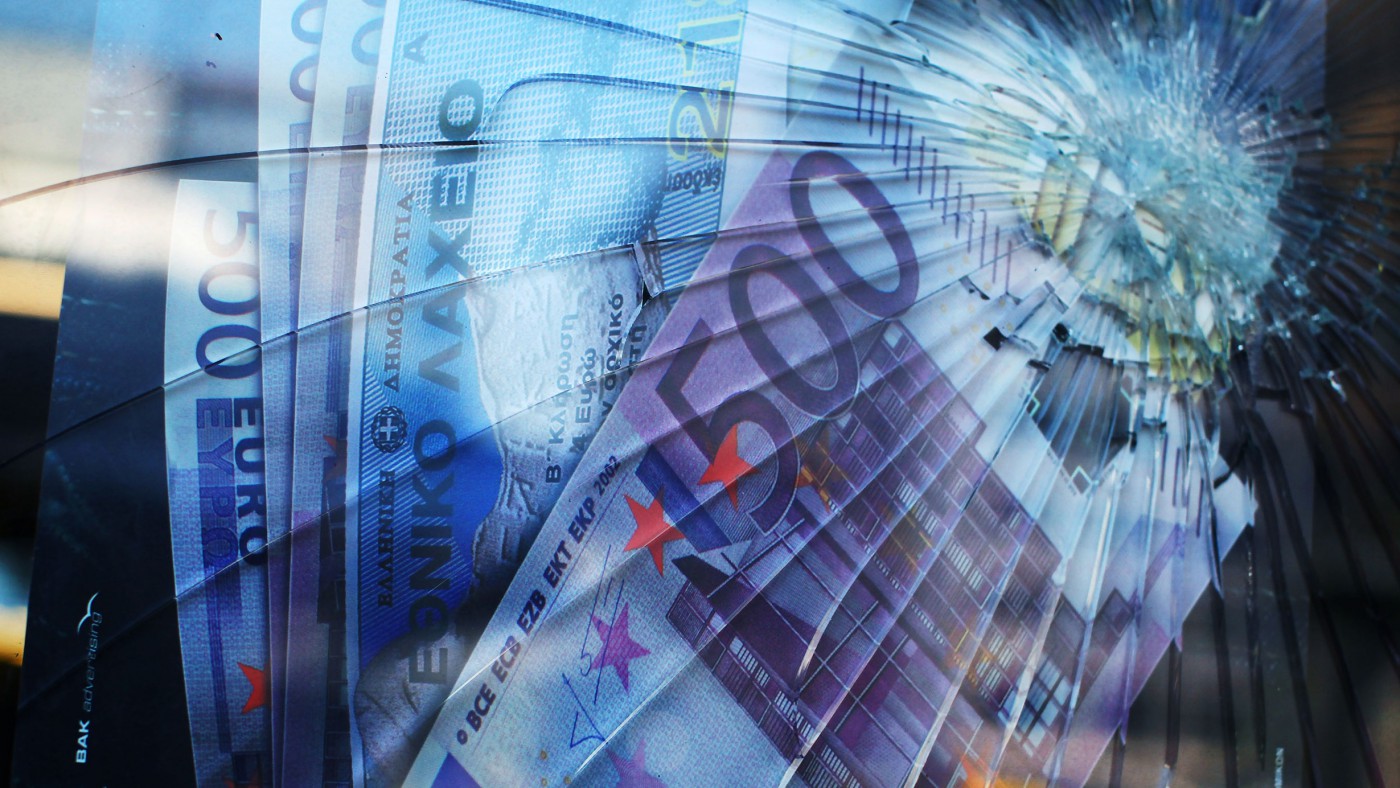Greece is now expected to choose to or be asked to leave the euro, by Sunday. But how does a country “leave the euro”? What is involved? How long might it take? Here are the likely key steps.
1. Pass a currency law changing the currency in all debt contracts written under Greek law from euros into New Drachmae. Bank deposits are loans depositors make to the bank, so all deposits would be converted into drachmae in this way, also. This conversion will involve some initial rate of exchange — e.g. one euro might be converted into one drachma.
2. Set an official rate of exchange of the drachma into the euro much lower than the currency conversion rate. So, for example, whilst one euro might have been converted into one drachma by the currency law, the official rate of exchange might then be one euro to three drachma — devaluing the Greek currency by 66.6% versus the euro, instantly. That would make deposits, for example, worth only one third of what they were worth the day before.
3. Initially permit physical transactions to be done with euro notes and coin, whilst drachma notes and coin were produced (there’d be no rush about this and it would not need to be done in advance — there should be ample euros around after the devaluation, because they’d be worth three or more times as much, relative to Greek GDP, as they were before).
4. Nationalise the central bank. Instruct it to (electronically) print some new drachmae to give to the government. The government would use this newly created money to recapitalise the Greek banks. Those Greek banks could then open. In principle, the only capital controls needed might be some restrictions on the exchange rate so as to make sure it stuck, though in practice the government might place some restrictions on withdrawing money from the country.
5. This could all be done over a weekend, or a day if the government weren’t worried about trying to restructure the Greek banks. For example – this weekend.
This process would leave Greece much poorer — e.g. its GDP in euro terms would fall by around two thirds, overnight, on the devaluation schema I’ve suggested above. But it would still have the same machines and workers and skill levels and trade relationships. So the real value of its output would be, as economists say, “below equilibrium” — i.e. below the level implied by those real factors such as machines, workers, skill levels and trading relationships. It would therefore need to catch up to its equilibrium level. If the exchange rate stayed fixed at that devalued level, the only way it could catch up in real terms would be by prices and output levels rising. So there would be a stock market boom, there’d be inflation in wages and prices, there’d be extra workers hired, there’d be extra exports and so forth – potentially a prolonged economic boom until Greece got the real value of its output back to (close to) the level it had had before the devaluation.
The hope is that in this process some of Greece’s 25% unemployed might end up being hired, increasing the total potential real output, so that in the end Greece didn’t just return to where it was before but in fact ended up eventually with higher real output, because of increasing its used labour force along the way.
That’s how a currency conversion with devaluation works.


